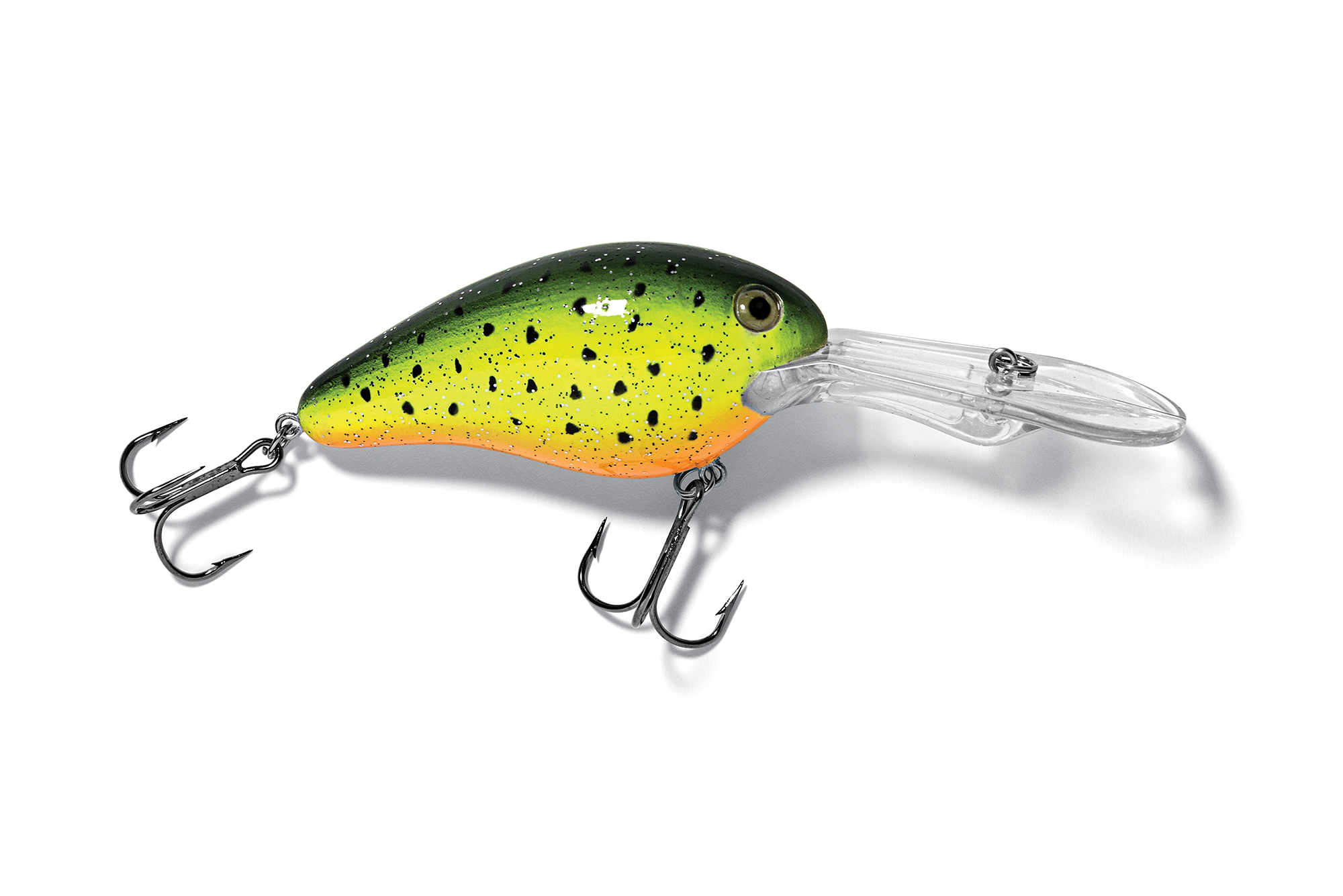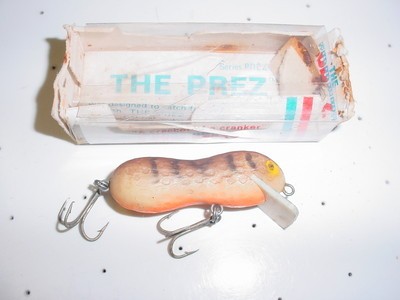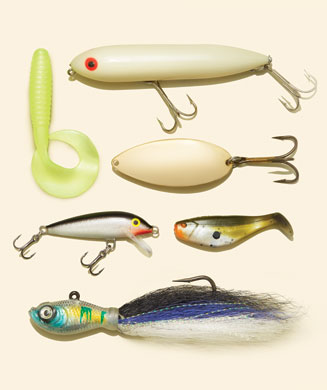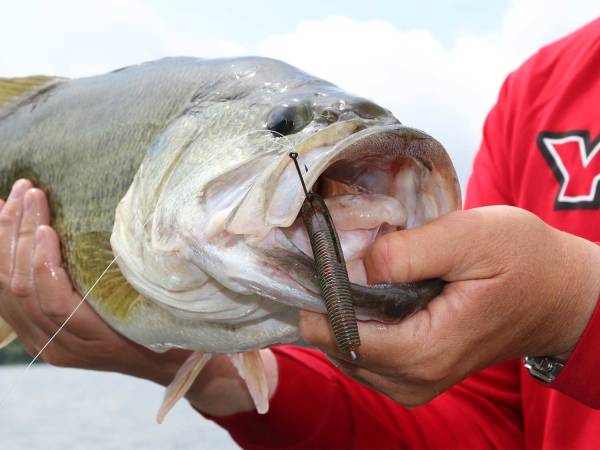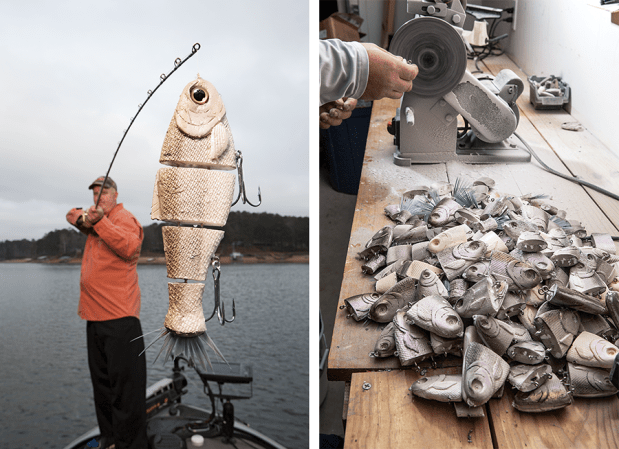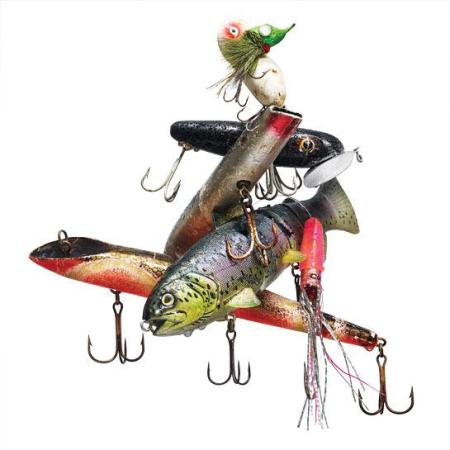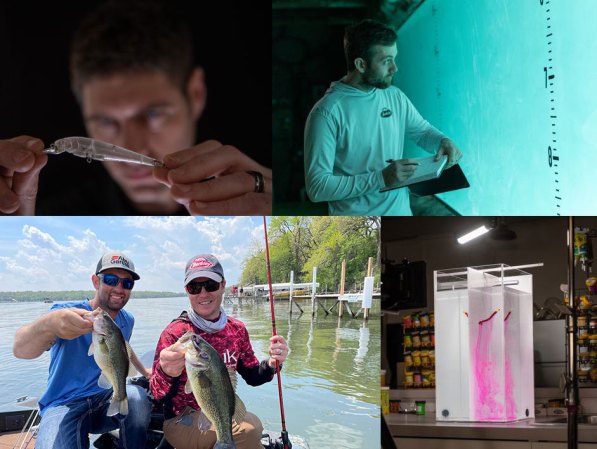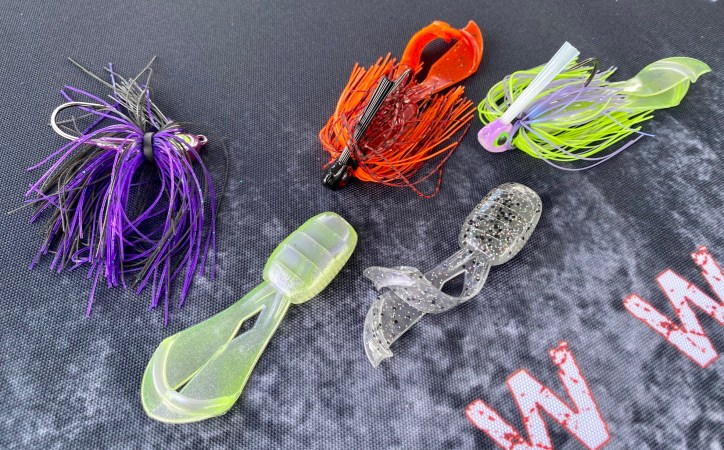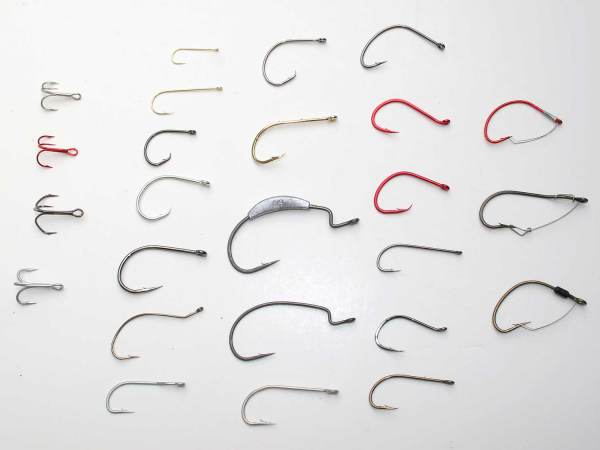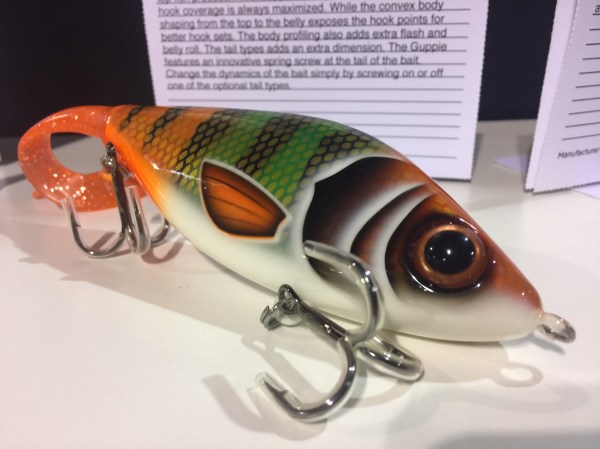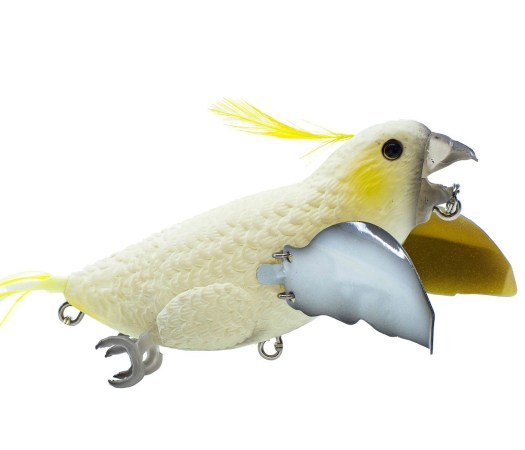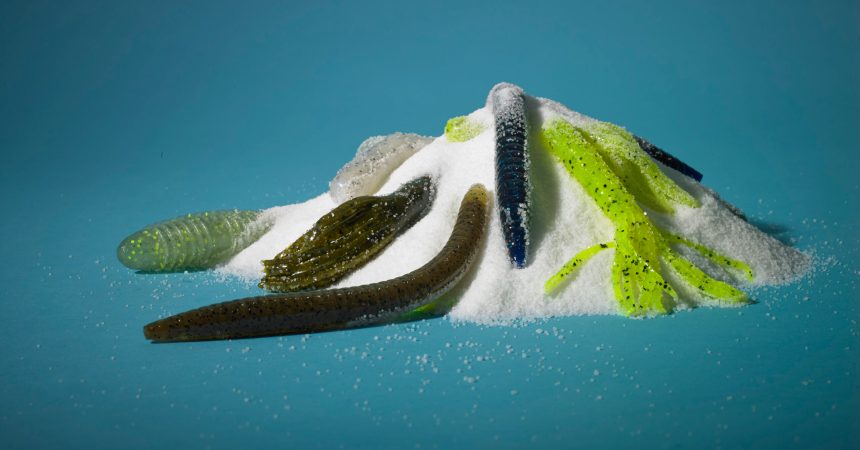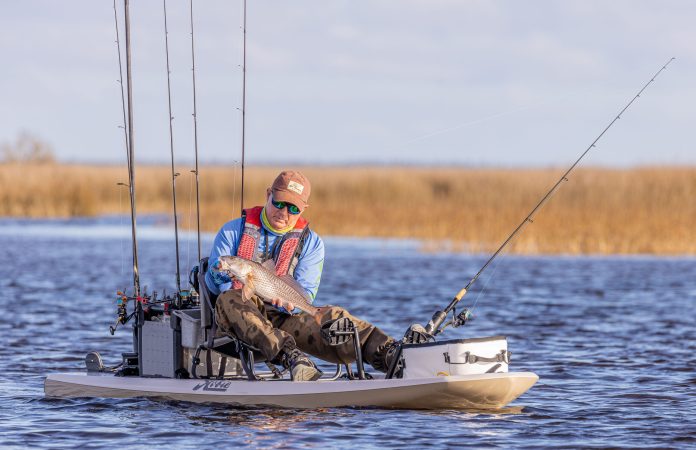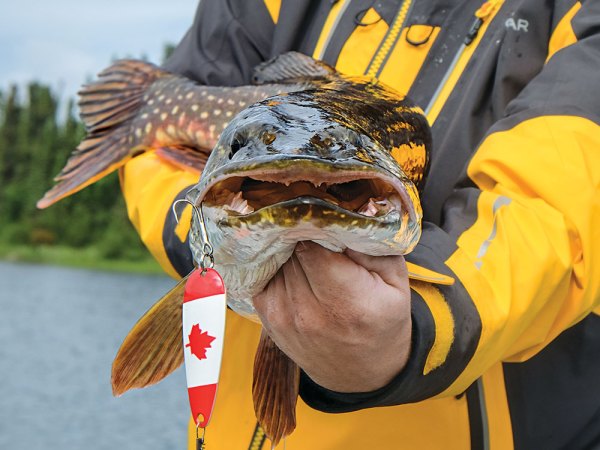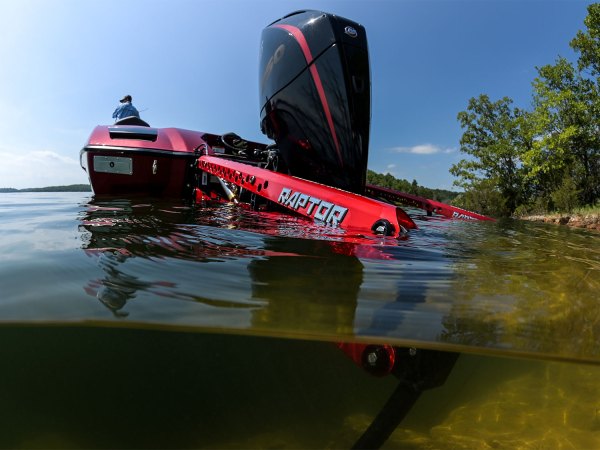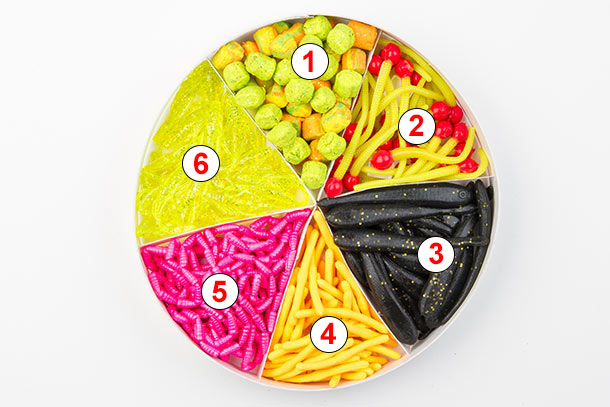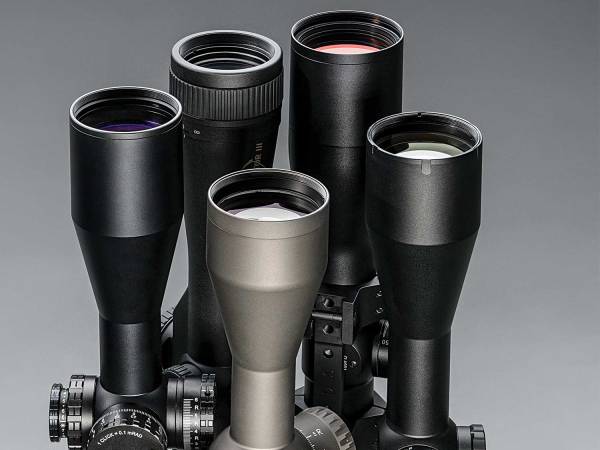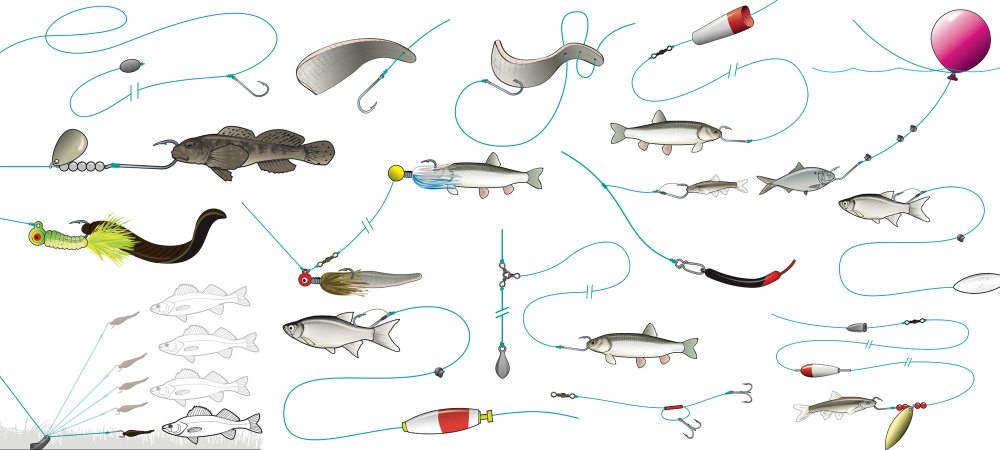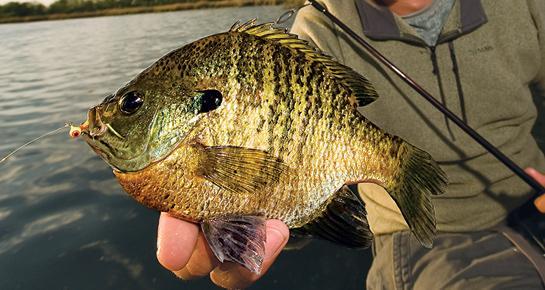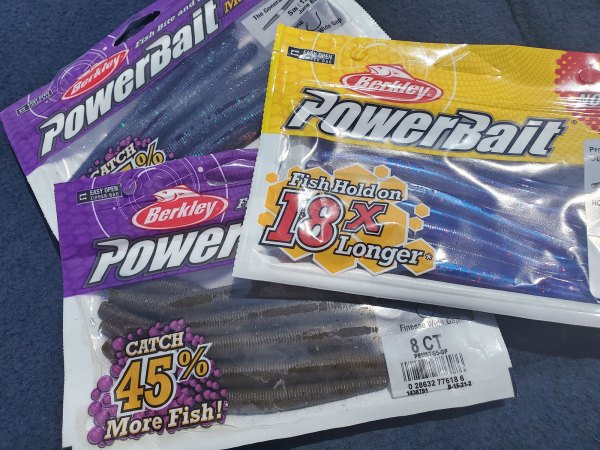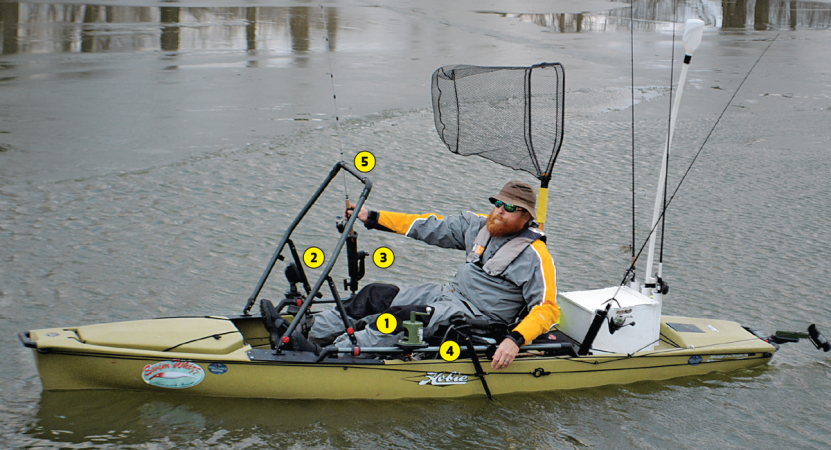We may earn revenue from the products available on this page and participate in affiliate programs. Learn More ›
Anglers don’t speak in terms of how many megabytes they used to catch a fish, but they could. Technology has deeply penetrated the venerable sport of fishing. Luckily, lure manufacturers are operating with an unlimited data plan and are willing to use the collective science developed in aerospace design, the food industry, and Silicon Valley to enhance the traditionally primitive art of tricking a fish into biting an artificial bait. Long gone are the days of whittling wooden crankbaits and carving worm shapes into wax for molding. The lure matrix is now computerized, and each byte used toward the goal of artificial bait production results in more bites for anglers.
THE ROBOBAIT
“The technology that goes into Livingston Lures is cutting edge,” says Erick Arnoldson, national sales director for the company. “But our concept is simple. We are using advanced digital circuitry to produce a lure that mimics real forage species not only in the way that it swims and looks, but in the way that it sounds as well.”
According to Arnoldson, this is no easy feat. “Most hard-bait manufacturers have about four steps they use to produce a bait. We have about 35.”
First, tiny circuit boards are programmed and the sound of distressed baitfish—a soft drumming noise made as gill plate muscles beat against the swim bladder—are downloaded onto microchips. Next, the battery, speaker system, and LEDs (if applicable) are welded into the lure body in a specific fashion in precise locations to ensure the proper balance.
“Unlike any traditional lure manufacturer, we have a clean room for assembly. This is a dust-free environment, and it is climate-controlled.
“We have developed software to improve battery life to two years. Water completes the circuit, so when our bait is out of the water, it turns off. With the new software, our baits also detect movement. Now, even when submerged, if there is a long period without movement, the bait goes into a deep sleep,” Arnoldson says. Lures cost about $15.
WHAT’S NEXT: “Be on the lookout for our Smart Aquatic Marine Instrument (SAMI) app,” Arnoldson says. “It will allow you to program your Livingston Lure with your smartphone. You will be able to select up to 30 different sounds. And when you catch a fish, the GPS data and environmental conditions will all be stored automatically.”
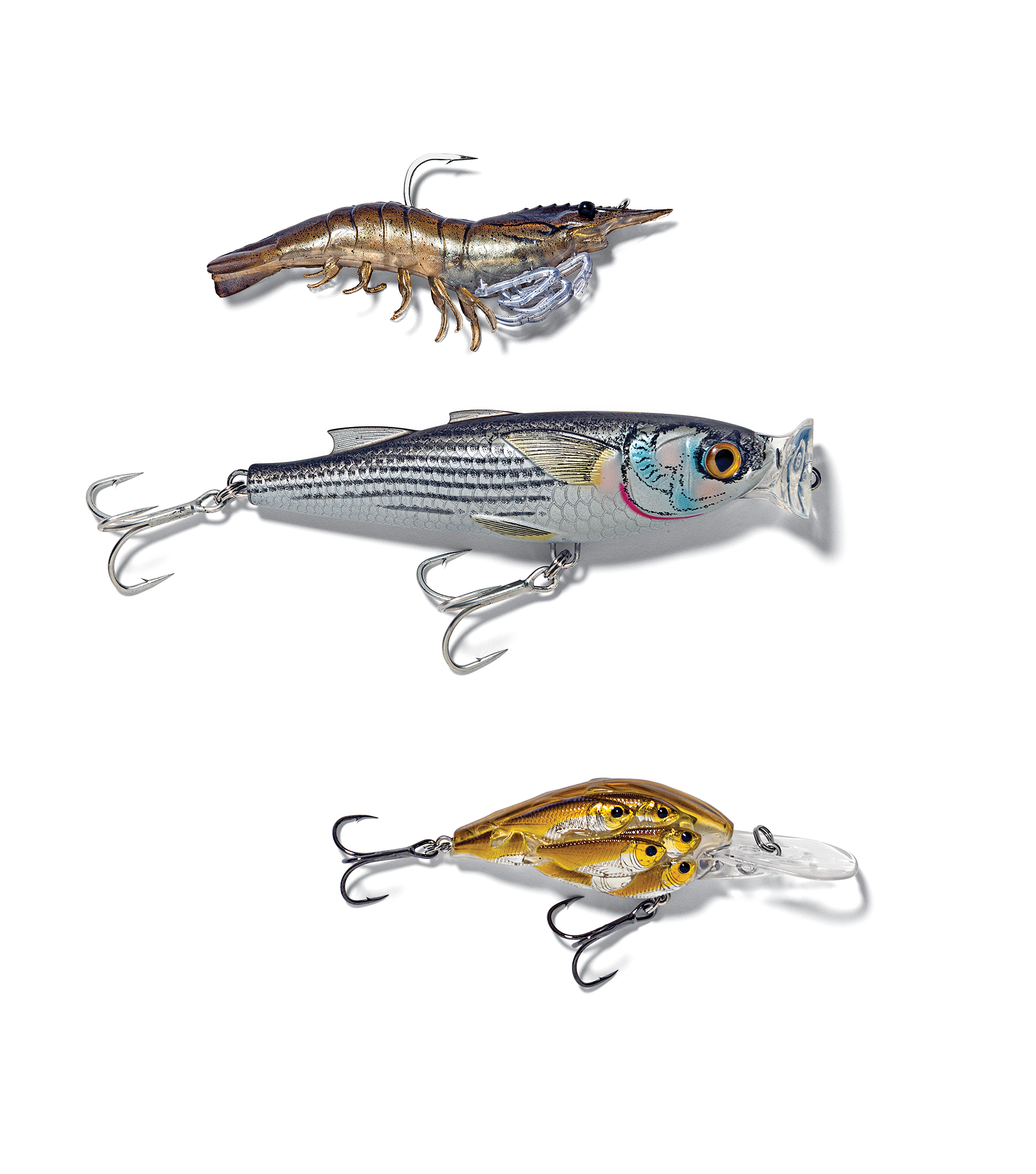
VIRTUAL DESIGN
“The process at Live Target Lures starts in the world of virtual reality, much like cars do in the automotive industry,” explains Vic Cook, who leads the company’s product development team. “A software program allows us to understand the hydrodynamics and swimming characteristics of a lure long before it is produced.”
And that is important to Live Target. The goal of this company is to create lures so lifelike, you—and the fish—cannot tell them from real forage species.
“Once a bait has passed our virtual reality tests, we send the file to a 3-D printer in one of our three research labs. The particular printer we use can utilize a wide variety of materials. So, we can print a soft-plastic swimbait and it will be supple, or we can print a hard-plastic crankbait with the exact hardness required for the final product. This allows us to modify quickly and perfect every aspect of a lure before going into production,” Cook says.
“Our paint schemes are incredibly intricate as well. We use a computer program to build the paint model, and then it separates into a bunch of single-color layers. These become multiple templates that are then given to our team for hand painting.”
WHAT’S NEXT: “It’s hard to imagine how material developed for space travel might help a guy catch fish,” says Cook, “but when you mess technology with fishing imagination, crazy things can happen—and that’s what we’re working on. These proprietary highly advanced plastics and metals the fishing industry has never before seen will be implemented in our manufacturing.”
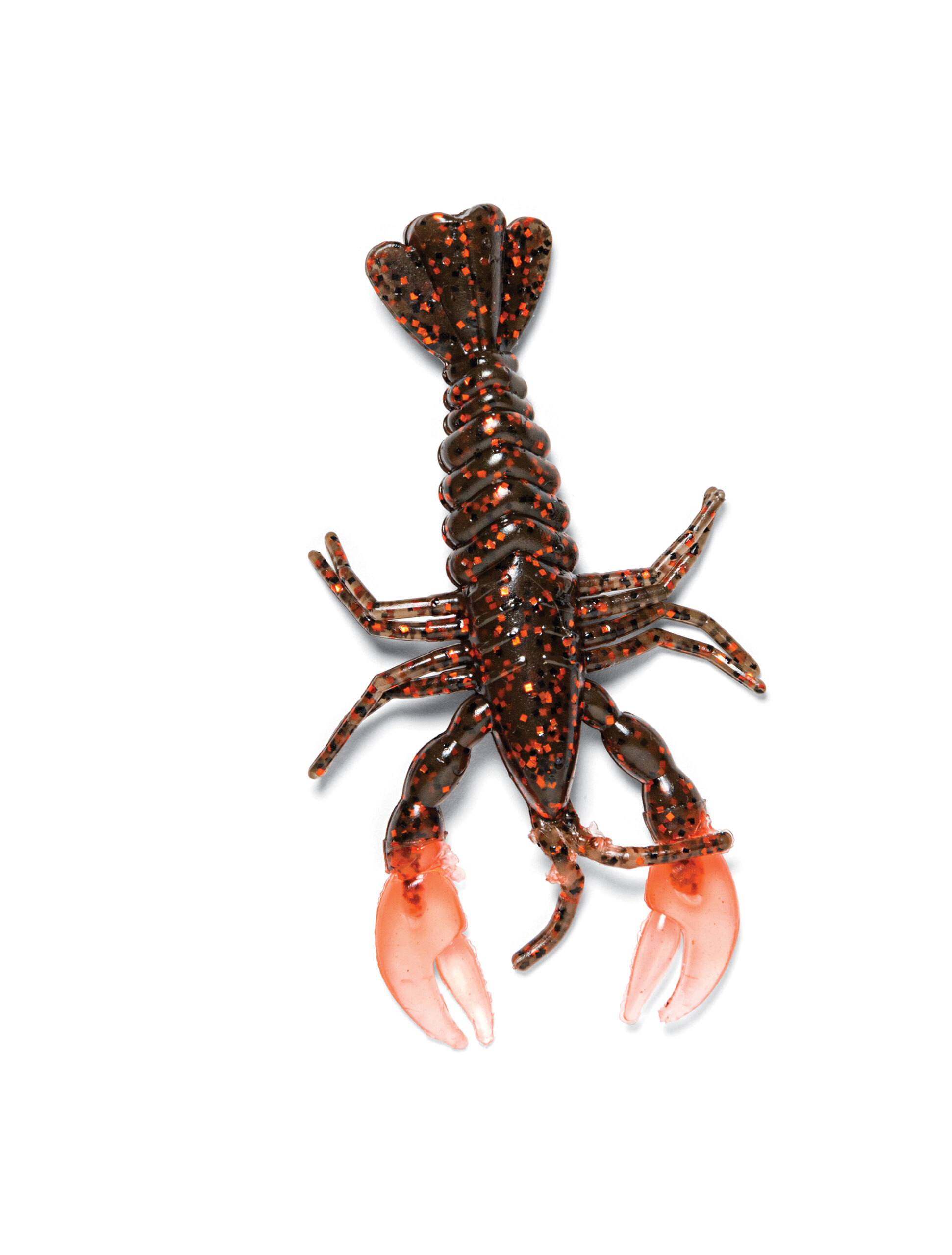
FUTURISTIC PLASTICS
A plastic worm is a plastic worm, right? Well, it was until the aerospace industry developed super-polymers. The result is ElaZtech, a superplastic that has made Z-Man a staple for anglers.
“Our parent company is deep into the cutting edge of polymer science. Once we became aware of some of these superplastics, it took a couple of years, a ton of research, and countless modifications to plastic recipes to create a blend that would work for fishing applications. ElaZtech was eventually perfected and introduced to the fishing world in 2006,” says Daniel Nussbaum, president of Z-Man.
“It is unlike any other plastic bait you’ve used. We market it as being 10 times tougher than standard plastic, but that’s a very conservative estimate. We’ve caught 250 fish on one bait. You can stretch this material to 5 times its original size before it will break. It’s like this material is from another planet—and it’s 100 percent nontoxic.
“We actually had to borrow some technology from the food industry to compound, create, and color our material. All of our equipment is specialized because nobody else handles or creates with this type of plastic,” says Nussbaum.
FUTURE ADVANCEMENTS: “As materials continue to evolve, we’ll hopefully create a bait that’s 20 times stronger than standard plastic.”
